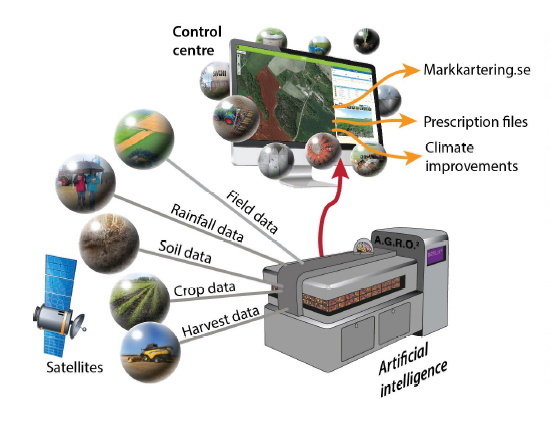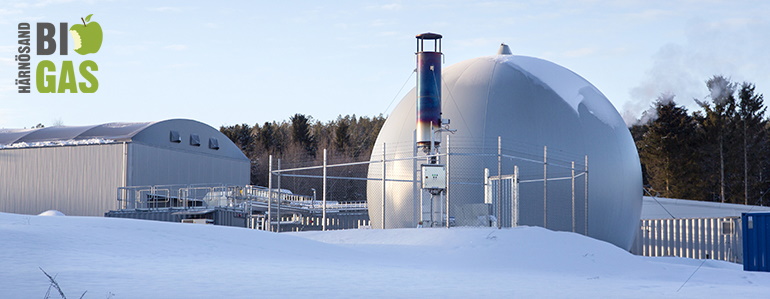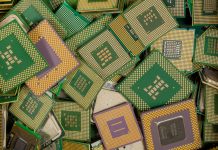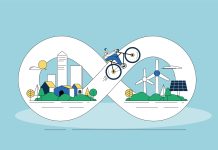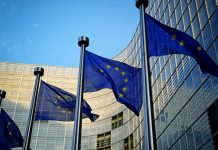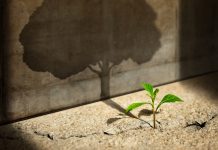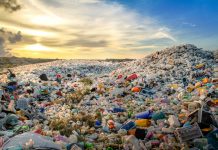Here, SSEC detail their work with public and private actors in the service of climate, including comment on circular sustainable systems for the production of both food and feed
Circular sustainable systems for the production of both food and feed are within the framework of our network’s interest. It is with joy and pride that we can present projects spread throughout Sweden with partnerships of academia, private and public stakeholders.
Agriculture and AI in the service of climate
Concerning agriculture and AI in the service of climate, SSEC member Vrams Gunnarstorp’s estate, Lydinge and Rosendal participates through its jointly owned operating company LyRos in the Vinnova project Agriculture and AI in the service of climate. The project has received SEK 6.9 million from Vinnova.
LyRos will provide harvest data from its 2,000 hectares as a basis for input data. Their data and fields will be used as references when evaluating the data, the tool and the end result.
It is well-known in agriculture that the factors affecting harvest and grain quality are not fully understood. The purpose of the project is to optimise agriculture operations by enhancing the understanding of limiting agriculture factors to be able to optimise crop growth as well as the use of inputs and machines. By doing so, we both enhance the organic soil carbon binding and decrease the use of inputs and driving in the fields.
The project objectives are:
- To create a climate positive prescription file model as a decision tool for the next level of precision agriculture. Ultimately, the result will be presented as prescription files for field equipment, including autonomous vehicles. The results can also be obtained in table form, text or as an interpolated map.
- Expand and enhance Hushållningssällskapet (the Rural Economy and Agricultural Societies) web-based decision support system Markkartering.se (that today has over 2,000 active users) to support as climate-friendly and operationally efficient production of food as possible. This will optimise the agricultural climate-affecting factors in multiple ways:
- Enhance crop growth and thus bind more carbon into the soil that slowly heals high levels of greenhouse gases.
- Optimise machine usage and driving.
- Optimise inputs like fertilisers and pesticides.
- New governmental directives that focus on long-term sustainable climate improvements.
Biofertiliser has a positive long-term effect
In Härnösand Municipality, a member of SSEC, a research collaboration is underway at Nordviksskolan where the Swedish University of Agricultural Sciences, SLU, studies the effects of HEMAB’s (Härnösand’s energy and environment) biofertiliser through the cultivation of horse feed. Harvest is also taken from reference areas where fertiliser has been spread.
It is hay that will make up horse feed that is grown in Nordvik. The four-hectare field has been divided into different zones where it has been fertilised with biofertiliser from Härnösand or mineral fertiliser. There are also zones with so-called ”zeroing”, where fertilisation has not taken place at all.
– ”This is an exciting day,” says Associate Professor Cecilia Palmborg. The samples taken today will be dried, ground and then analysed in the laboratory for nutrient content and any unwanted substances.
Biofertiliser stands well as a source of nutrition
Biofertiliser from the digestion of food waste provides good plant nutrition and there are indications that support the thesis that it provides a long-term effect where one spread can contribute to more harvests over time, which could contribute to fewer runs in the field.
– Biofertiliser contains ammonium but also organic nitrogen, which needs time to break down into ammonium that the plants can absorb. It can have a long-lasting effect that lasts for more than one harvest. In the case of artificial fertilisation, a fertiliser application per harvest is otherwise required, says Palmborg.
It is mainly the levels of nitrogen, phosphorus and potassium that are studied, but also other nutrients and the possible presence of heavy metals or other undesirable substances.
– After the analysis that is now done of the growing biomass, samples will also be taken from the silage, and the hope is that the horses will appreciate the cycle-grown food that will be served,” says Palmborg, from Autumn 2020.
The goal is increased application of innovative and sustainable solutions
Ulf Helander is an instructor at Nordvik and the one who, together with the School’s students, assists in the practical work in the cultivation experiments; spreading of manure, zoning of arable land and harvesting.
– ”Other machines are required for spreading liquid biofertiliser than mineral fertiliser in pellet form,” says Ulf Helander. But through collaboration, it should be possible to get economics in this also in agriculture here in
Norrland. It is the positive factors and effects of locally produced manure that close a cycle we want to achieve and work with.
In addition to the evaluation of the fertiliser value, the research will also include the development of rapid methods for measuring the content of nitrogen and phosphorus in liquid digestate.
– ”The test results will be ready after the Summer,” says Palmborg, and in the Autumn when the analysis work is completed, a partial report will be published and also lectures will be held at Nordviksskolan for its high school students in agricultural science who have been involved and contributed to the work.
Increased biogas production provides more biofertiliser
HEMAB has recently decided to invest in an expanded treatment capacity for the digestion of food waste and production of biogas. This means that additional biofertiliser is created.
– ”Our goal is to close the cycles and ensure that the high-quality and nutritious biofertiliser that is produced comes in handy,” says Jonathan Grip, Development Manager at HEMAB. We hope that this project will be able to help demonstrate opportunities to use biofertiliser from Härnösand.
Facts about the research project
The purpose of the project Botnia Näring i Kretslopp – A strategic biogas cluster to promote biogas production in the Botnia-Atlantic region is to evaluate and test innovative solutions to refine digestate residues from biogas production into a commercial fertiliser product.
The project will carry out three different demo cultivations in both Sweden and Finland, of which the cultivation in Nordvik is one of these. 60 kg of nitrogen per hectare in the form of N27 (mineral fertiliser/fertiliser) containing ammonium nitrate, ammonium sulphate and magnesium has been spread in reference zones. The corresponding spread of digestate/biofertiliser spread on the experimental areas is 12 tonnes per hectare (samples of biofertiliser are under analysis for later exact comparison of, among other things, the amount of ammonium nitrogen).
Please note: This is a commercial profile

